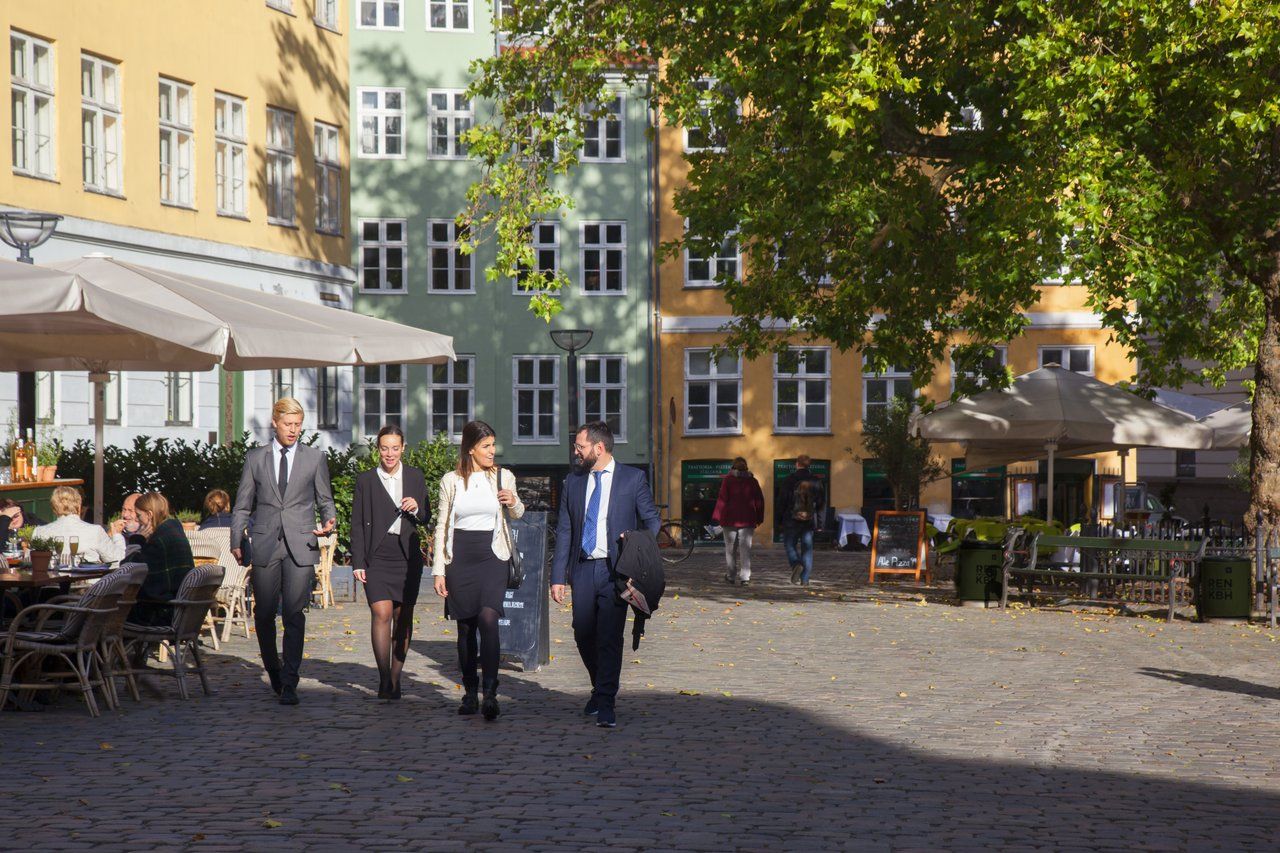Recent figures from parliament’s integration committee show that 123 rejected asylum seekers have spent more than ten years stuck in the asylum system. Some 29 rejected asylum seekers have spent more than 15 years in the system, while eight are under age 18.
Speaking to Information newspaper, Per Clausen, a spokesperson for the political party Enhedslisten, called the numbers “unacceptable”.
Citing reports claiming that a long-term stay in an asylum system can lead to a number of mental issues, Clausen urged immigration authorities to abide by laws permitting rejected asylum seekers to be granted a residence after 18 months in the country, if their situation remains uncertain.
“When the government was in opposition, it argued that people should not remain stuck for years in the asylum system,” said Clausen. “After 18 months it should be clear whether it is possible to send an asylum seeker home and if it is not possible then people should be assisted in making a life for themselves.”
Over 1,400 rejected asylum seekers have spent more than 18 months in the country without being expelled or without being granted residence.
Immigration laws require rejected asylum seekers to leave the country on their own. But not being forced to leave only puts them in a limbo between legal status and deportation, immigration advocates argue.
Jacob Bjerregaard, integration spokesperson for Socialdemokraterne, maintained the problem was being blown out of proportion.
“Each year thousands of asylum seekers come to Denmark and only a few of them end up in this limbo,” Bjerregaard told Information. “It is possible that many of these people can, but don’t want to go back and therefore they choose to remain in the country even though they have no legal claim to a residency.”














